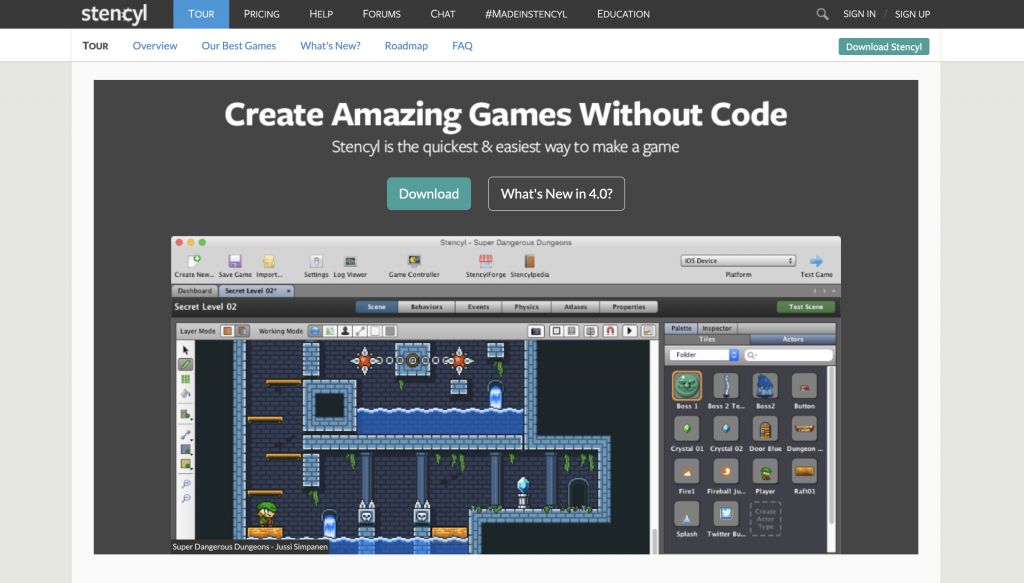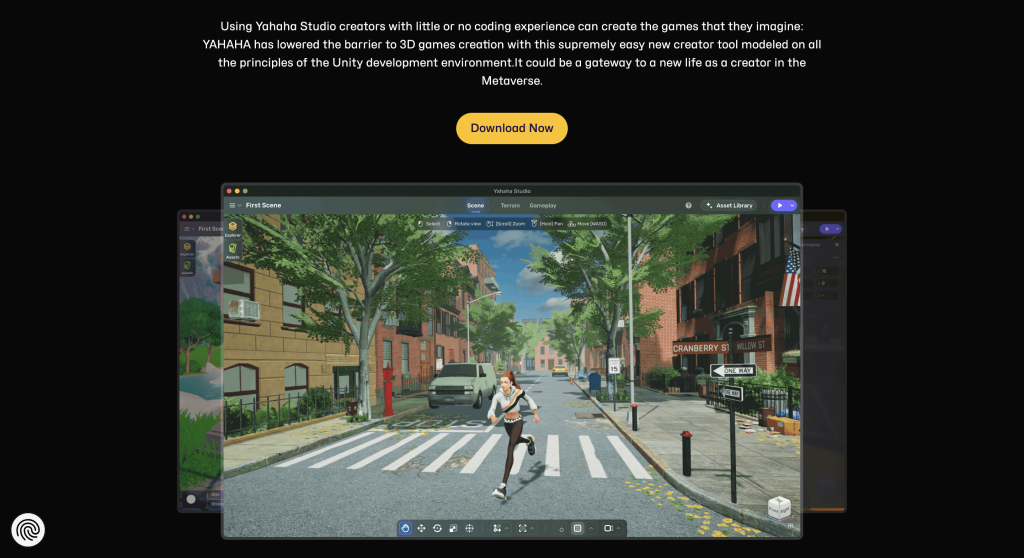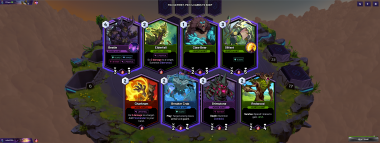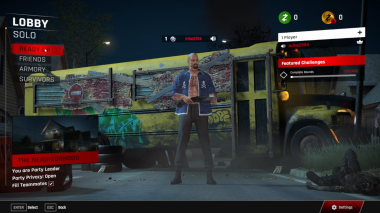The world of game development has evolved drastically over the years, and today, it is more accessible than ever before. With the emergence of low code and no code online game-making tools, anyone can create games, regardless of their level of expertise. In this article, we will explore some tips and tricks for designing games online using low code or no code game-making tools that are usable in the web browser.
Part 1: Getting started with online game-making tools
The first step in designing games online is to select the right game-making tool. There are numerous options available in the market, and it can be challenging to decide which one to use. Here are some of the popular options that are lightweight, no code or low code, and can be used in the web browser:
- GDevelop: GDevelop is an open-source game-making tool that offers a drag-and-drop interface. It is easy to use, and users can create games for various platforms, including web, mobile, and desktop. GDevelop offers a vast library of assets, including characters, backgrounds, and sound effects, making it easy to create professional-looking games quickly.
- Stencyl: Stencyl is another popular game-making tool that offers a visual interface and requires no coding skills. It offers a wide range of templates, including platformers, puzzle games, and arcade games, making it easy for beginners to get started.
- Twine: Twine is a game-making tool that focuses on creating interactive stories. It is entirely browser-based and requires no coding skills. Twine offers a simple drag-and-drop interface, making it easy to create branching stories.
- Yahaha Game maker: this is a tremendous low-code game making software that can help you build your game easily

Part 2: Tips for designing games online
Once you have selected a game-making tool, the next step is to start designing your game. Here are some tips to help you along the way:
- Start with a plan: Before you begin designing your game, it is essential to have a clear plan. Decide on the game’s genre, story, characters, and objectives. Create a game design document that outlines all the details. Having a plan will make it easier to stay on track and ensure that your game is cohesive.
- Use templates: Most game-making tools offer templates that can help you get started. Templates can be a great way to learn how to use the tool and create a game quickly.
- Focus on gameplay: The most critical aspect of any game is gameplay. It is essential to ensure that your game is engaging and fun to play. Focus on designing mechanics that are easy to understand but challenging to master.
- Test, test, test: Testing is a crucial part of game development. Ensure that you test your game regularly to identify any bugs or issues. You can also get feedback from friends or colleagues to help you improve the game.
- Get inspiration from other games: Studying other successful games can help you get ideas for your game. Look at the gameplay mechanics, story, and characters of successful games to help you create a game that is unique and engaging.
Part 3: Tricks for making great games using low code or no code game-making tools
Low code and no code game-making tools have made it easier for anyone to create games. Here are some tricks to help you create great games using these tools:
- Use assets: Most game-making tools offer a library of assets, including characters, backgrounds, and sound effects. These assets can save you time and help you create a professional-looking game.
- Get creative with sound effects: Sound effects can make a huge difference in the overall feel of your game. Experiment with different sound effects to find the ones that fit your game.
- Use tutorials: Many game-making tools offer tutorials that can help you learn how to use the tool effectively. Take
- advantage of these tutorials to learn new skills and techniques.
- Collaborate with others: Collaborating with other game developers can help you learn new skills and get feedback on your game. Join online communities or game development groups to connect with other developers.
- Keep it simple: While it can be tempting to add many features to your game, it is essential to keep it simple, especially if you are a beginner. Focus on designing a game with a clear objective and easy-to-understand mechanics.
- Optimize your game: As you design your game, it is essential to optimize it for performance. This includes optimizing graphics, sound effects, and code. Ensuring that your game runs smoothly will help provide a better user experience.
- Playtest your game: Playtesting is crucial to ensure that your game is engaging and fun to play. Test your game with friends or colleagues to get feedback on the gameplay mechanics and overall feel of the game.
- Pay attention to details: The small details in your game can make a big difference. Pay attention to things like font size, color schemes, and sound effects to create a cohesive and immersive experience for your players.

Part 4: Conclusion
In conclusion, designing games online using low code or no code game-making tools is an accessible and fun way to get started in game development. With the right tools, tips, and tricks, anyone can create engaging and professional-looking games. It is essential to focus on gameplay, keep it simple, and optimize your game for performance. Playtesting and paying attention to details can help create a more immersive experience for your players. With these tips in mind, you can start your game development journey and create amazing games that people will love to play.






